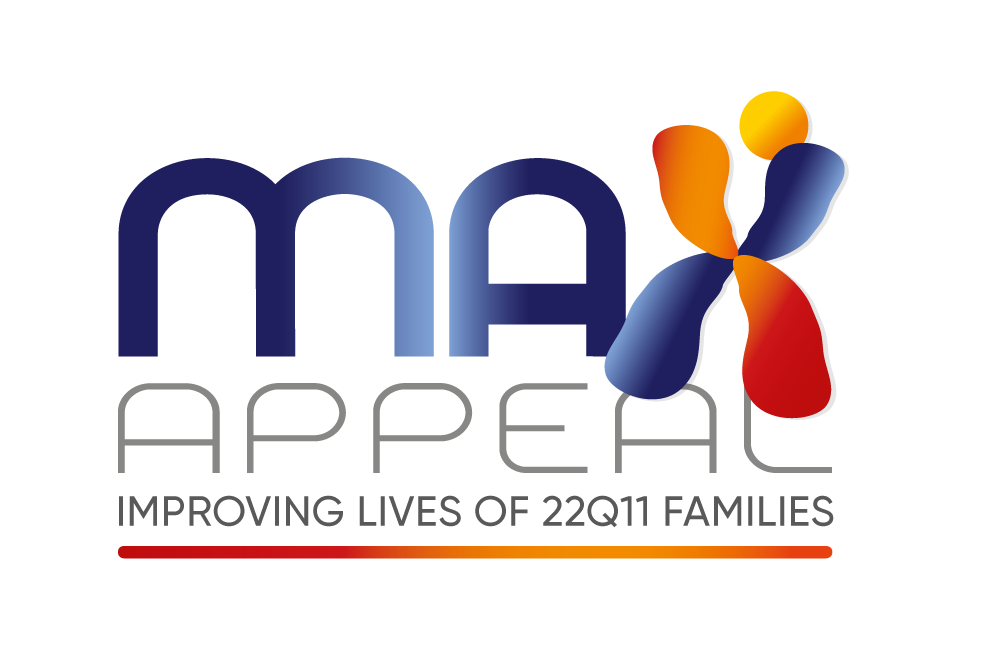Cardiac
Cardiac
We recommend you also check out Children’s Heart Federation for all upto date Cardiac news and support https://www.chfed.org.uk/
Introduction
The heart is formed very early in pregnancy at around the first 4 to 8 weeks, often before the pregnancy is noticed. In the general population approximately 1% of children are born with a heart defect. This is called a congenital heart abnormality. The majority of children with a 22q11.2 deletion will have a cardiac defect. In the general population around 25% of children will have a heart 'murmur'. A murmur is the noise of blood rushing through the heart and does not automatically mean that there is anything wrong with the heart i.e. they are often 'innocent'
Heart investigations usually take the form of an echocardiogram, which is a detailed ultra-sound scan of the heart using a machine very similar to those used during pregnancy, or an electrocardiogram which monitors the heart beat. These are not invasive procedures and are completely harmless and painless.
It is possible to detect most defects using a foetal echocardiogram at 20 or 28 weeks of pregnancy, but this is usually only performed if there is a family history of heart defects. Please refer to the section on genetics issues for more information on prenatal screening.
The most common defects associated with a 22q11.2 deletion are those affecting the main arteries leaving the heart. Mild problems of the aorta (the large artery which sends blood to the rest of the body) can occur which may not cause any symptoms and may not be noticed. Major problems involving the outflow tracts of the heart can also occur, where the blood 'exits' the heart in to the pulmonary artery (which then carries the blood to the lungs) or the aorta. These defects are noticed in the first days or weeks of life.
The most frequently noted defects are:
Venticular Septal Defect
A hole between the two pumping chambers at the bottom of the heart (ventricles). When found on it's own the VSD is often called a perimembranous or conoventricular type of VSD and this is in a different place to VSDs associated with other defects.
Tetrology of Fallot
This is a combination of four problems, a VSD, a narrow pulmonary artery and valve (resulting in a reduced blood flow to the lungs), a large over-riding aorta (as blood is pumped directly into it through the VSD) and a thickened wall of the right ventricle. Around 50% of people with this defect will have the deletion. It is one of the most common types of congenital heart defect.
Truncus Arteriosus
This happens when there is only one large vessel arising from the ventricles instead of two (a pulmonary artery and the aorta) together with a VSD.
Interrupted Aortic Arch
The aorta is the main blood vessel carrying oxygenated blood to the body. It normally arches over the heart before it heads down to carry blood to the lower body. If the arch is 'interrupted' the flow of blood is greatly reduced although some blood can take an alternative route to the lower body. It usually co-exists with a VSD. If the aorta is narrowed this is called a coarctation of the aorta.
Aortic arch anomalies
Changes in the aortic arch and it's first branching vessels (the carotid and sub-clavian arteries) are sometimes noted. They can be seen with other defects or alone. These sometimes form a 'vascular ring' which can restrict breathing and swallowing as it compresses the breathing and swallowing tubes.
Other defects
These may also be seen: Atrial spetal defect (ASD), double outlet right ventricle, hypoplastic left heart, pulmonary atresia and pulmonary stenosis.
Please be re-assured
Serious heart defects are usually picked up very shortly after birth. Not all heart defects require open heart surgery. If your child is of school age and has not been diagnosed with a heart defect then it is unlikely that he or she will have a severe form of congenital heart disease. However 'silent' changes in the aortic arch may be present. If you are at all concerned then discuss this with your paediatrician to determine whether further investigation is needed.
